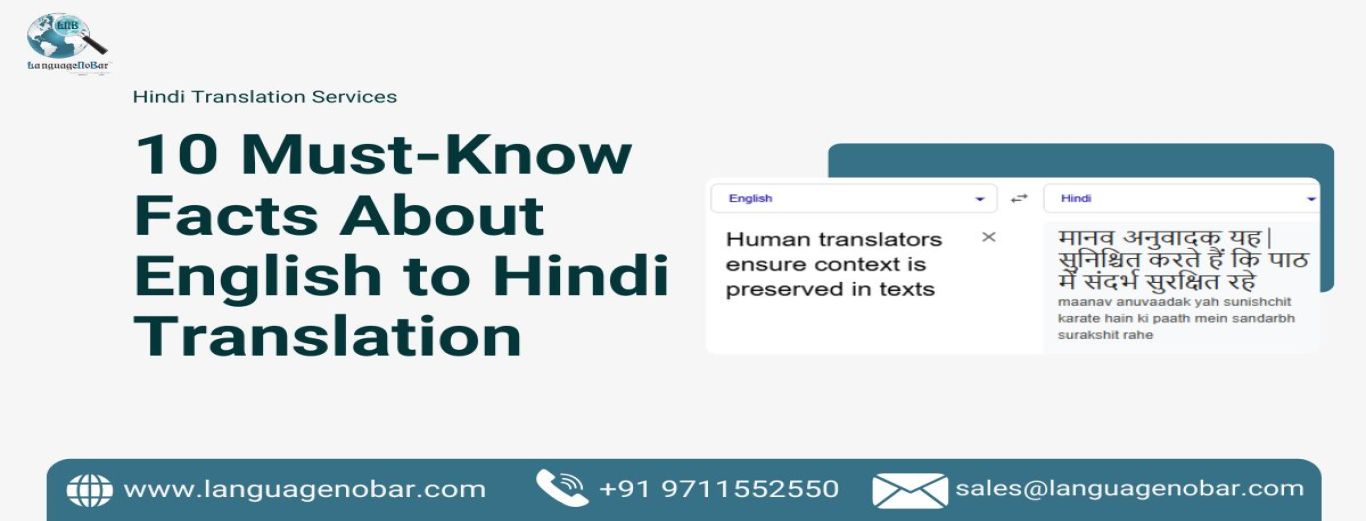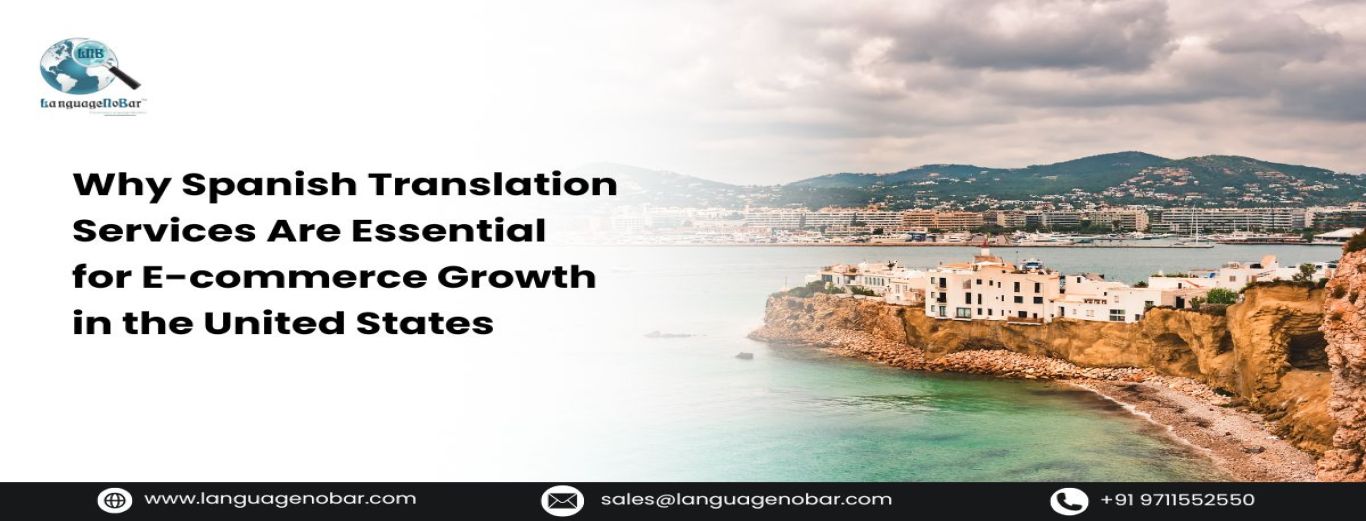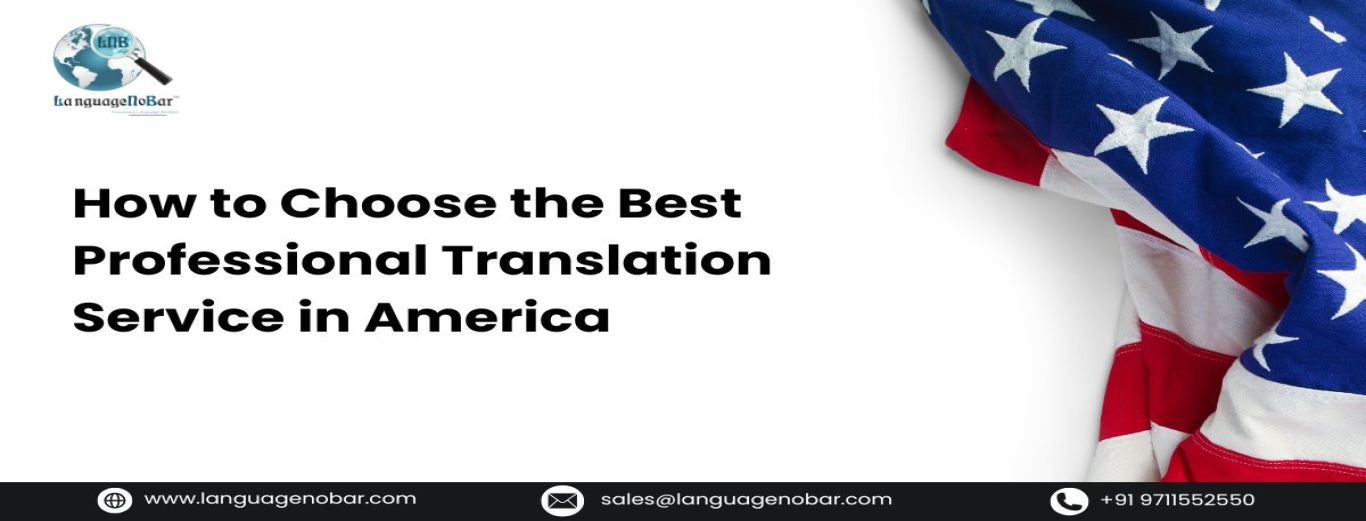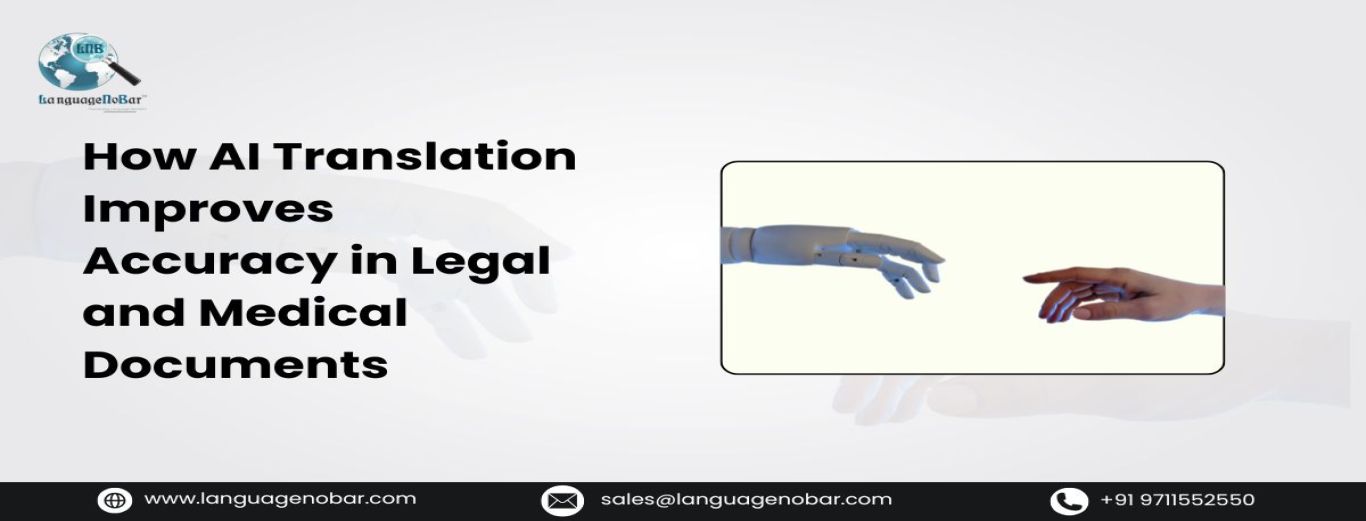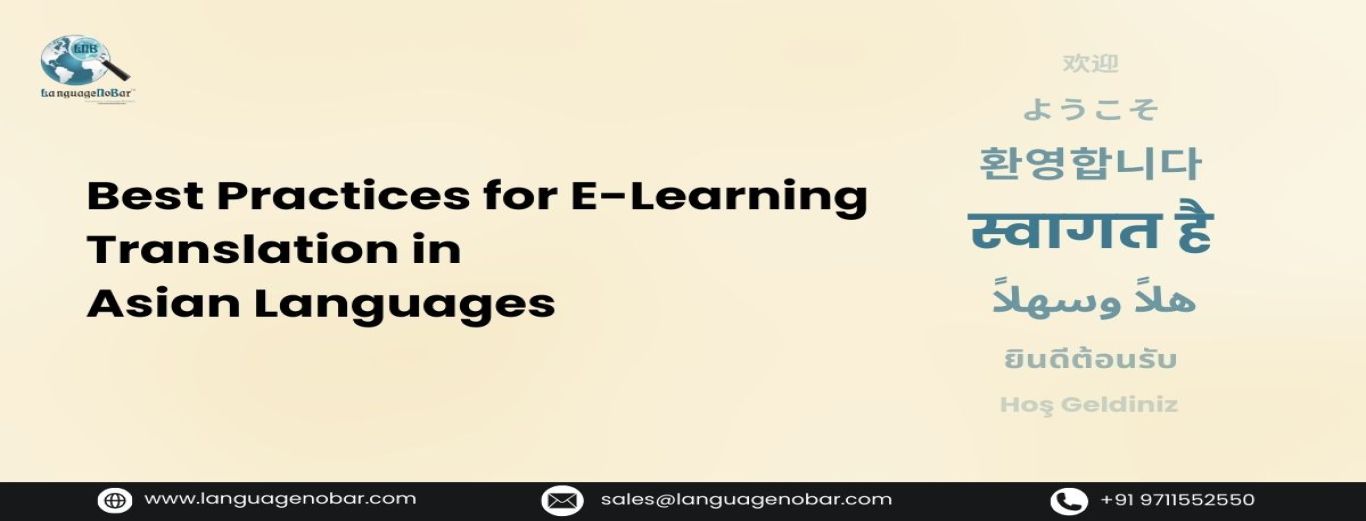Translation VS Transcreation. What’s the difference?
- Translation Services
- Comments (0)
While people often assume these terms to be interchangeable, they differ more than you can imagine. LanguageNoBar here brings those differences to light and clear them once and for all.
Translation
Translation is the transmission of a text or document from one language to another. It depicts words from a source language to a target language to provide the sense and precision of a copy from the source language to the target language. In Quality Document Translation, for instance, the major focus is on maintaining accurate grammar and sentence structure while following the tone of the source. Translation is majorly used in business papers or science and technology documents, as they demand a high level of accuracy.
Transcreation
Transcreation is an amalgamation of words, Translation and creation. It is a course that merges Translation and creation to provide messages in other languages that induce the same effect as the original. Meaning a transcreator will keep the objective and panache of the original message in mind while broadly familiarizing it to have maximum influence over the target audience.
Translation VS Transcreation
Transcreation refers to taking the message written in one language and reworking it to make it more resounding with another language. While this seems a lot like what a translator does, the two terms are not substitutable. While Translation is focused on imitating the subject matter, transcreation is engaged with reconstructing its effect. That’s the reason for transcreators making significant alterations to the source text. This difference, however, is just one of many.
Translation is more about correctness and is suitable for instructional and informative documents such as scientific journals. In contrast, transcreation is a step further. It focuses more on the gist or feel of the text and targets the emotions of the audience. That is why transcreation is used widely for marketing and advertising purposes. For example, high quality is of extreme importance in professional medical translation services.
Translation is an original procedure; it yields a text that communicates the original language’s connotation, tone, and register. On the other hand, transcreation is about grasping the sentiment of the source text’s spirits and then reconstructing it into a new language.
Transcreation is more than exact grammar structures or verbatim Translation of the source documents. While transcreating, one can create unique, original, and creative content as long as it induces the spirits and actions to engage with the brand. At the same time, Translation is bound by the rules and guidelines of grammar.
Translation is often charged per word and done in less time; comparatively, transcreation is a little expensive. In Translation, one has to follow the meaning and stick to the rules of language conversion; transcreation involves more creativity, time, and effort.
Eloquence in a foreign language, a grammatical sleuth, and exhaustive understanding of native language is decisive for Translation but not enough for transcreation. Transcreation also requires quite a fantastic sharpness and the ability to clutch complex concepts.
Usually, translations are up-front and do not require any briefings or any preliminary meetings. It is mainly focused on deadlines and costs. However, transcreation projects need a clear and thorough brief explaining the company strategy, brand positioning, and style. For effective transcreation, the writer needs to understand the company’s requirements and create content that allures the target market.
Transcreation is a much more complex and intricate process than simply giving a translator the source document and consigning them to get on with it. It asks for more information and involvement in every aspect.
Translation is more concerned with the subject matter of the document. Still, in transcreation, the most crucial part is the cultural acceptance of the text/document. It is an ethical responsibility of a transcreator to be well-versed in both languages’ prevailing social, cultural, and traditional norms.
Different cultures have different idioms, whims, and puns, which can be decisive about how a message is received. Certain catchphrases that sound cool and funky in one culture might be offensive or non-effective in another.
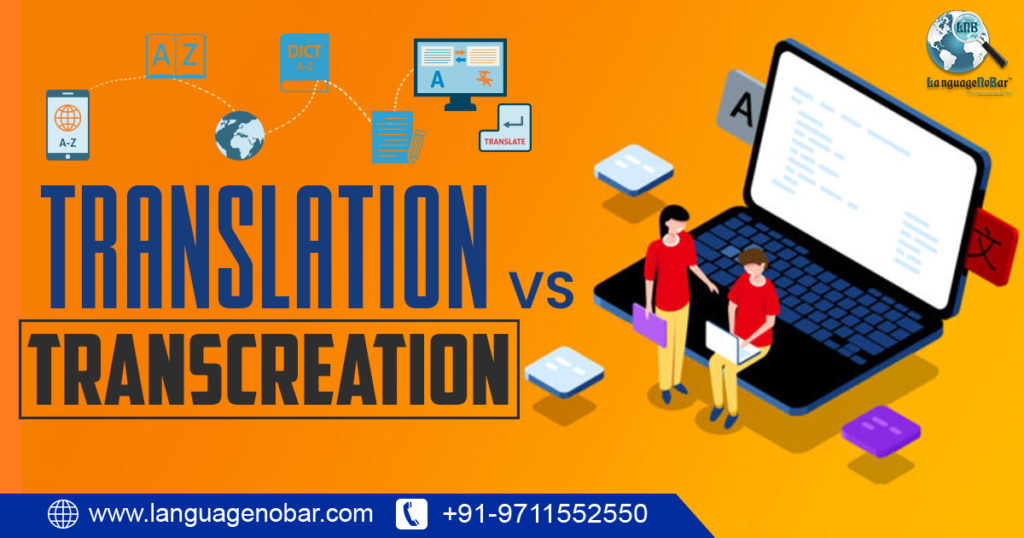
Transcreation, unlike Translation, goes beyond words. While Translation is confined to the text only, transcreation involves texts, symbols, images and more. Certain signs or pictures might have a different meaning than the source language’s culture. A professional transcreation agency will always get involved with the creatives or digital assets and suggest changes to make culturally more welcoming.
It is a common misconception that Translation and transcreation are the same things. Still, even if the demarcation line is fragile, there is always a difference between the two. While Translation is more apt for making a text comprehensible from one language to another, transcreation encompasses both linguistic skills and a high level of inventiveness and creativity.
LanguageNoBar is the prime place to look for high-quality authentic translation and transcreation services. With experts offering translation services in more than 150 languages, we offer you the most professional and adept results. In addition to that, we also provide other quality services, to know more about our deliverables contact us.
Related Blogs -
5 tips to ensure
a smooth and creative trans-creation of your blogs
Ensuring high
quality, error-free legal translation for your documents
How Certified
Legal Translation Services Ensure Highest Translation Accuracy

